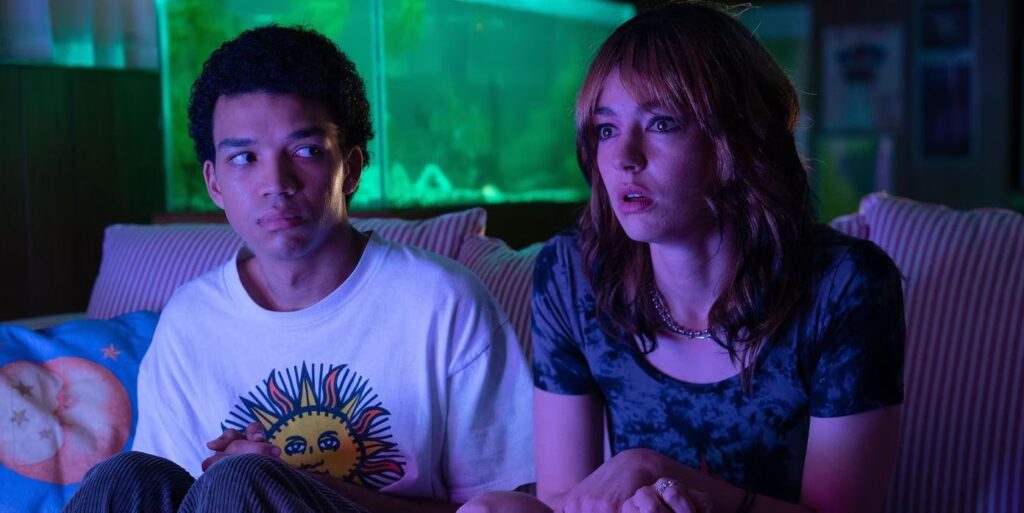
The line that best encapsulates the knotty themes of I Saw the TV Glow isn’t spoken aloud; instead, it’s scrawled across the screen in pink font: “Isabel and Tara are like family to me.” The author of that statement is Maddy (Brigette Lundy-Paine), and the young women she’s referring to aren’t real people (or are they??) but the central characters in The Pink Opaque, her favorite episodic thriller. The notion that Maddy can cherish fictional figures akin to her actual relatives might strike you as ridiculous. For my part, I’ll cop to identifying with her sentiment in a peculiar way, given that 13 years ago on this very website, I celebrated Buffy the Vampire Slayer for its capacity to “make you feel as if you belong” and described watching an episode as the equivalent of “going home.” In other words, I get where she’s coming from.
Buffy, as it happens, is an obvious point of inspiration for The Pink Opaque, with its paranormal investigators, its monster-of-the-week structure, and its claim to a teenage audience in the ’90s (it airs on the “Young Adult Network”). But Jane Schoenbrun, I Saw the TV Glow’s writer and director, is after something more complicated than paying tribute to a childhood staple, even if they toss in a few tasty easter eggs. (One member of Buffy’s beloved Scooby Gang was named Tara; Amber Benson, the actress who played her, cameos here.) They’re more concerned with our relationship with the art that we consume—how it can shape us, bind us, even warp us. In High Fidelity, John Cusack surmised that shared interests are essential when connecting with friends and lovers: “What really matters is what you like, not what you are like.” But what if what you like alters who you are?
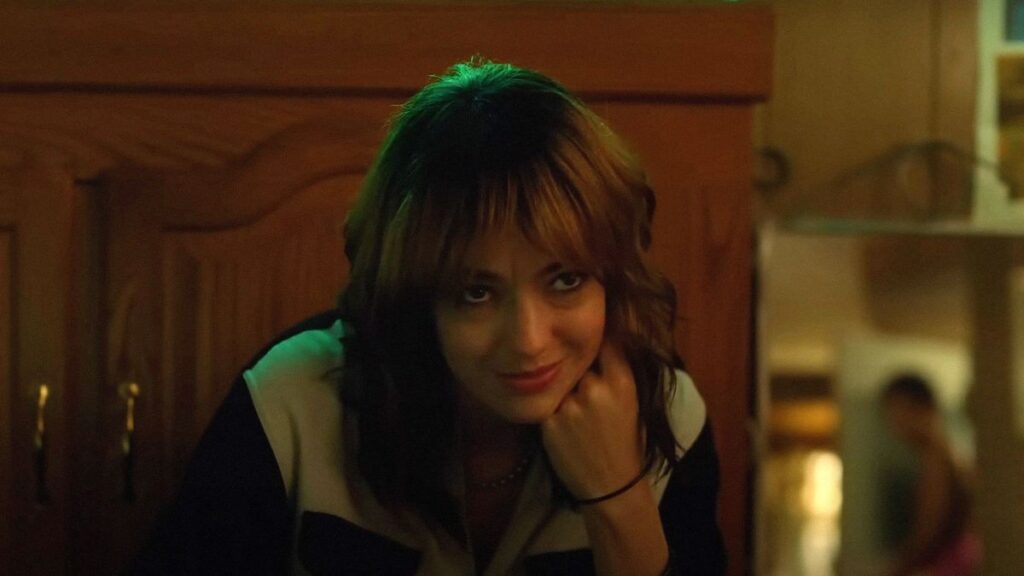
That question might feel at home in either a coming-of-age story or a horror movie, and TV Glow incorporates strands of both into its chimeric DNA. Schoenbrun’s prior feature was We’re All Going to the World’s Fair, a raw nerve of a production that grappled with how the youth of today derive so much of their identity from their existence online; it was singular but also messy and cheap-looking. Their follow-up is similarly provocative but far more polished, with smooth camerawork and vibrant colors. Consider, for example, the early scene where Owen—a fellow Pink Opaque junkie whom Maddy has cautiously befriended, played with quiet tenderness by Justice Smith—wanders through the halls of his high school: As a Caroline Polachek song flares on the soundtrack, the screen grows crowded with Maddy’s literate scribbles detailing tidbits of her favorite show and advising Owen on how to embrace its rich mythology. It’s a beautiful sequence, both for its precise framing and for the way it conveys meaning in terms of theme and character.
Schoenbrun’s improved technique doesn’t mean they’ve sacrificed their fundamental scrappiness. On a surface level, TV Glow is a valentine to analog artistry, fondly evoking an era of VHS tapes, grainy 16mm footage, and squarish aspect ratios. The glimpses that we see of The Pink Opaque don’t suggest an especially well-produced series, but its lo-fi aesthetic is part of its charm; an episode involving an ice-cream monster looks scary in part for how patchily assembled it is, like an artifact from an Evil Dead film.
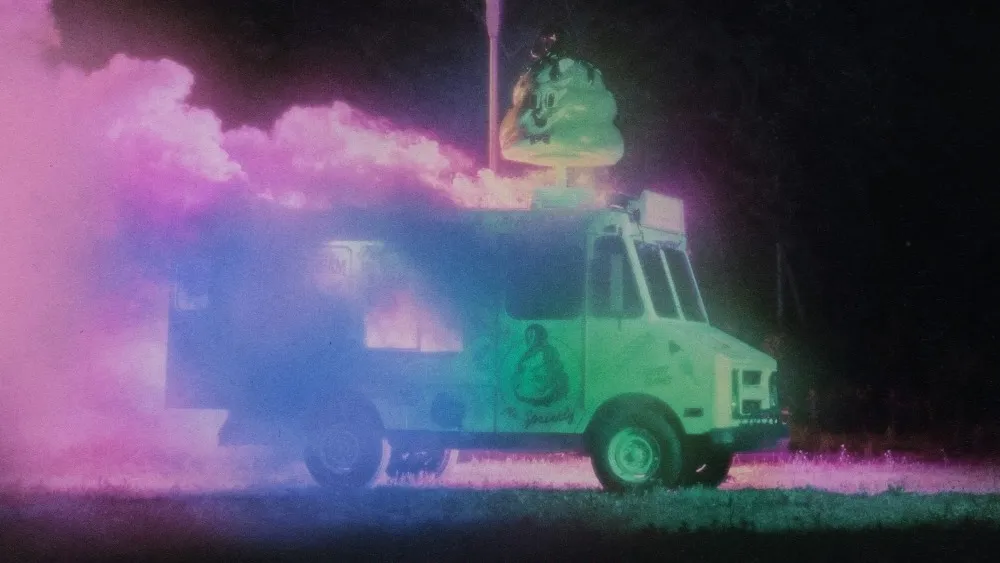
What’s impressive here is how Schoenbrun attacks this impulse of nostalgia even while indulging it. A scene late in the movie, in which Owen revisits The Pink Opaque (now handily available on a streaming service) and finds it dreadfully dated, raises all sorts of questions about formative artistic experiences. Do we still love the things we once adored as teenagers because they were truly great, or have our memories twisted them in order to preserve our since-extinguished sense of adolescent joy? Are you telling me that Buffy might not be a hall-of-fame show after all?
If I’m getting ahead of myself, that’s in keeping with Schoenbrun’s screenplay, which bounces around in time and often rushes ahead by years or even decades, complete with regular fourth-wall breaks. Still, TV Glow is most absorbing during its focused opening act, which centers on Owen and Maddy’s burgeoning friendship. In social terms, they’re unlikely pals; Maddy is two years older with a slight punk-rock vibe, while Owen is an apparent loner with a shy disposition and a strict bedtime. (His closest companion seems to be his mother, played by Till’s Danielle Deadwyler; her deteriorating health, symbolized by a yellow headscarf, is but one example of Schoenbrun’s economical way with storytelling.) Yet when Owen tentatively approaches Maddy about the book she’s reading (the Pink Opaque’s official episode guide), she senses in him a kindred spirit and resolves to inculcate him in the series’ lore. The bond that ensues between them is largely sweet—when Maddy asks Owen on the bleachers if he likes girls or boys, he responds, “I think I like TV shows”—even if it also develops tremors of agitation and unrest.
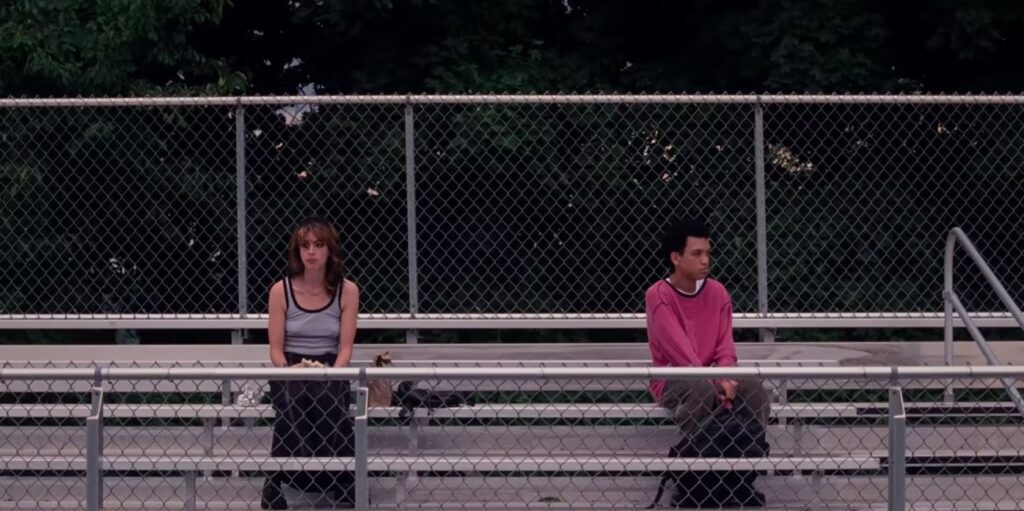
These days, toxic fandom tends to manifest in terms of online harassment, but Maddy’s attachment to The Pink Opaque is more committed and unsettling. She begins to believe that the program takes place not in a fictional universe but on a different plane of existence, one that jostles uneasily against her own meager reality. This idea would appear to be absurd—upon hearing it, Owen promptly panics, scrubbing the makeshift tattoo Maddy had inscribed on his neck—but Schoenbrun imbues it with a fantastical gravity. As TV Glow progresses, they begin to blur the line between actuality and television, as during a hypnotic sequence that inverts the picture’s grammar; suddenly, close-ups of Owen are presented in a hazy and boxy frame, whereas snippets of The Pink Opaque unfold in luminous widescreen. This sets the stage for what may be the movie’s signature image: the shot of a character’s head thrust inside a TV set, as though trying to burrow into another world.
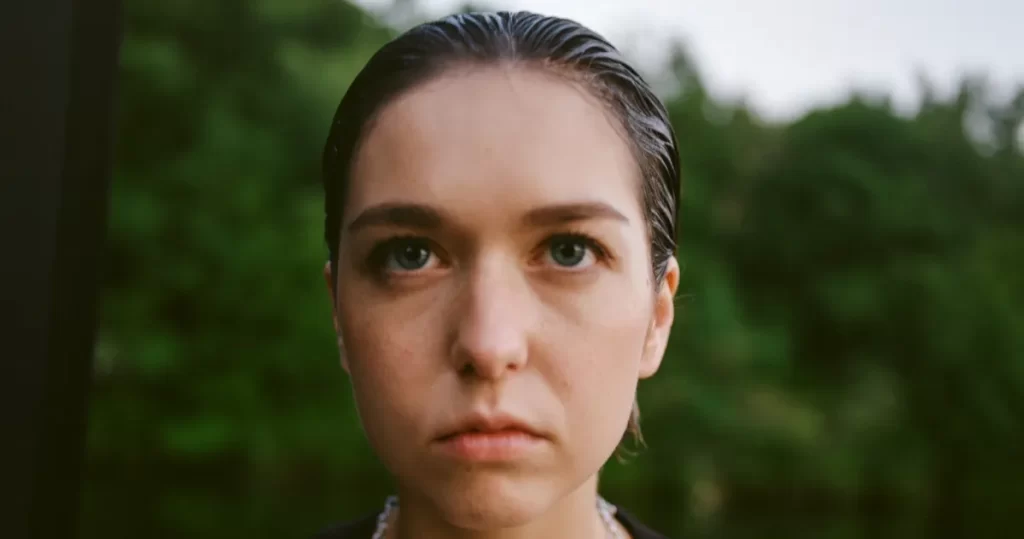
It’s possible to interpret I Saw the TV Glow as an allegory of gender dysphoria and transition, with Maddy following the path of The Pink Opaque as a journey to discover her true self. Maybe, but that reading seems unduly limiting, given the veritable bundle of ideas at play here. It also functions as a convenient explanation for what’s more readily ascertainable as dramatic incoherence.
I Saw the TV Glow is a formidable work, with eye-catching imagery—frequent shots of billowing pink smoke are always arresting—and a killer soundtrack. (Phoebe Bridgers makes an appearance, as does Lindsey Jordan aka Snail Mail, while the opening scene has the gall to needle-drop Broken Social Scene’s “Anthems for a 17-Year-Old Girl.”) But for all its craft and complexity, the movie struggles with the restlessness of its own imagination. Its third act is one of those “Anything can happen,” Twin Peaks-style stretches where bizarre events are stacked on top of each other, unfolding without explanation or clarity.
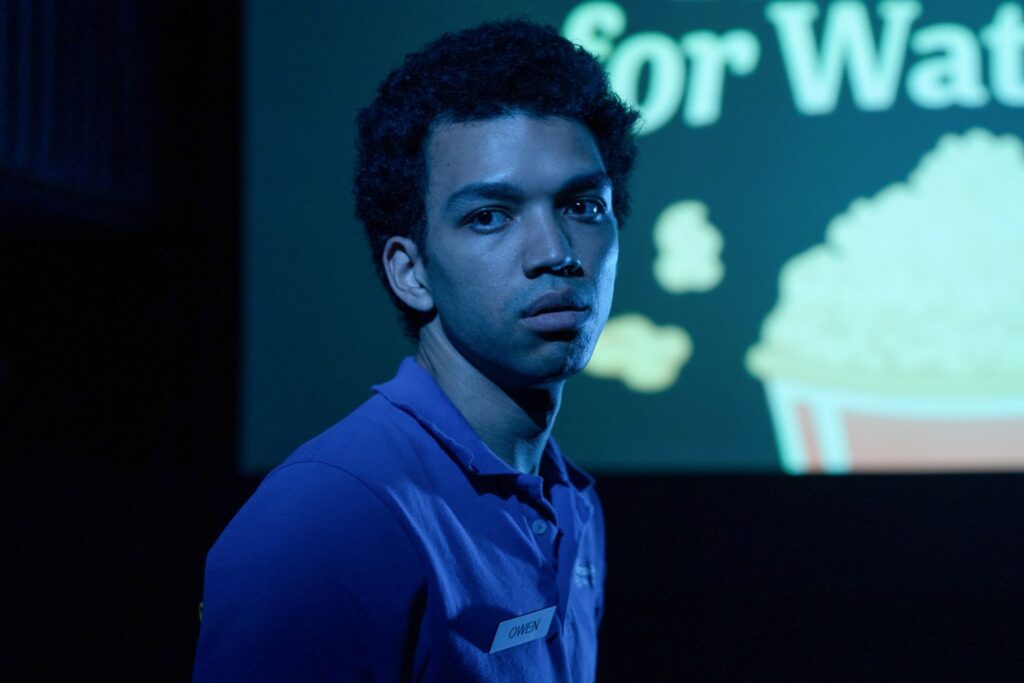
Schoenbrun’s rejoinder, I suspect, is that the illogic is the point—that they’re effectively manufacturing the fractured headspace of the film’s lost souls. Fair enough, but TV Glow’s adamant refusal to reconcile its boisterous ideas is as frustrating as it is stimulating. I’m hardly demanding a neatly packaged denouement or an expository voiceover. I simply wish the movie concluded its story with the same level of care and insight that it brings to its characters.
So no, I Saw the TV Glow won’t take its place alongside Buffy the Vampire Slayer in my personal canon of treasured artworks. But I suspect that it may well do so for a younger generation, and I’m forced to wonder if I’d feel the same had I experienced it under different circumstances. Ultimately, for all of its colors and experimentations and contradictions, it strikes me as a good movie, nothing more. Then again, it compels the question: What more is there?
Grade: B
Jeremy Beck is the editor-in-chief of MovieManifesto. He watches more movies and television than he probably should.
